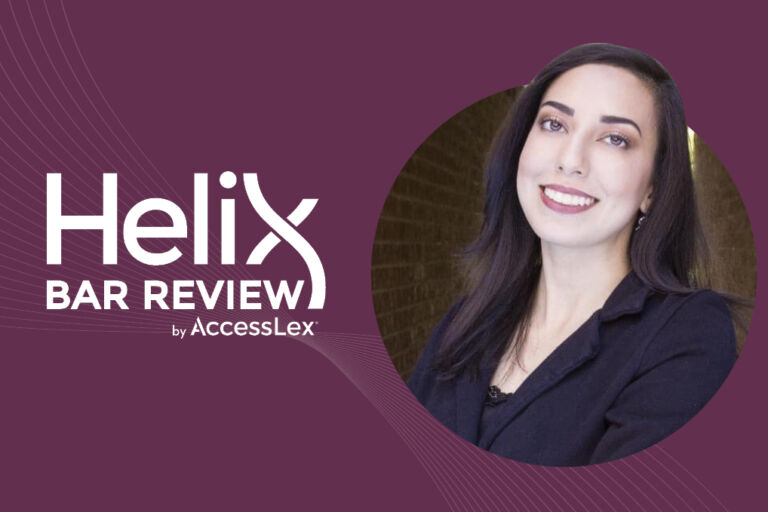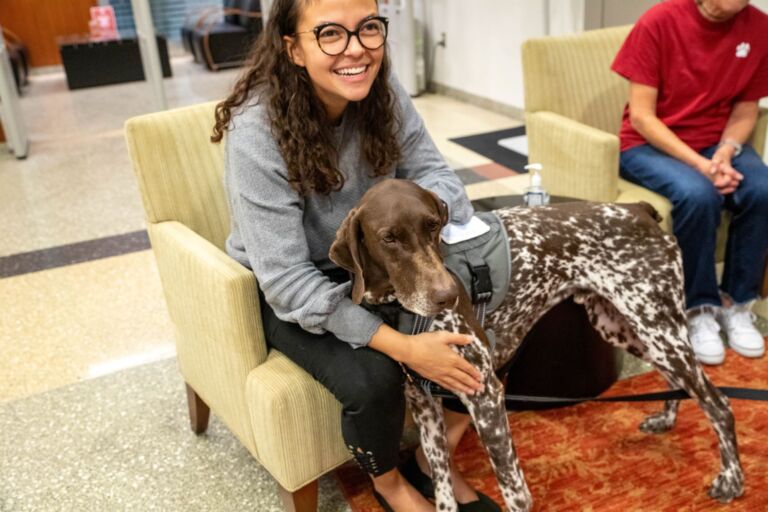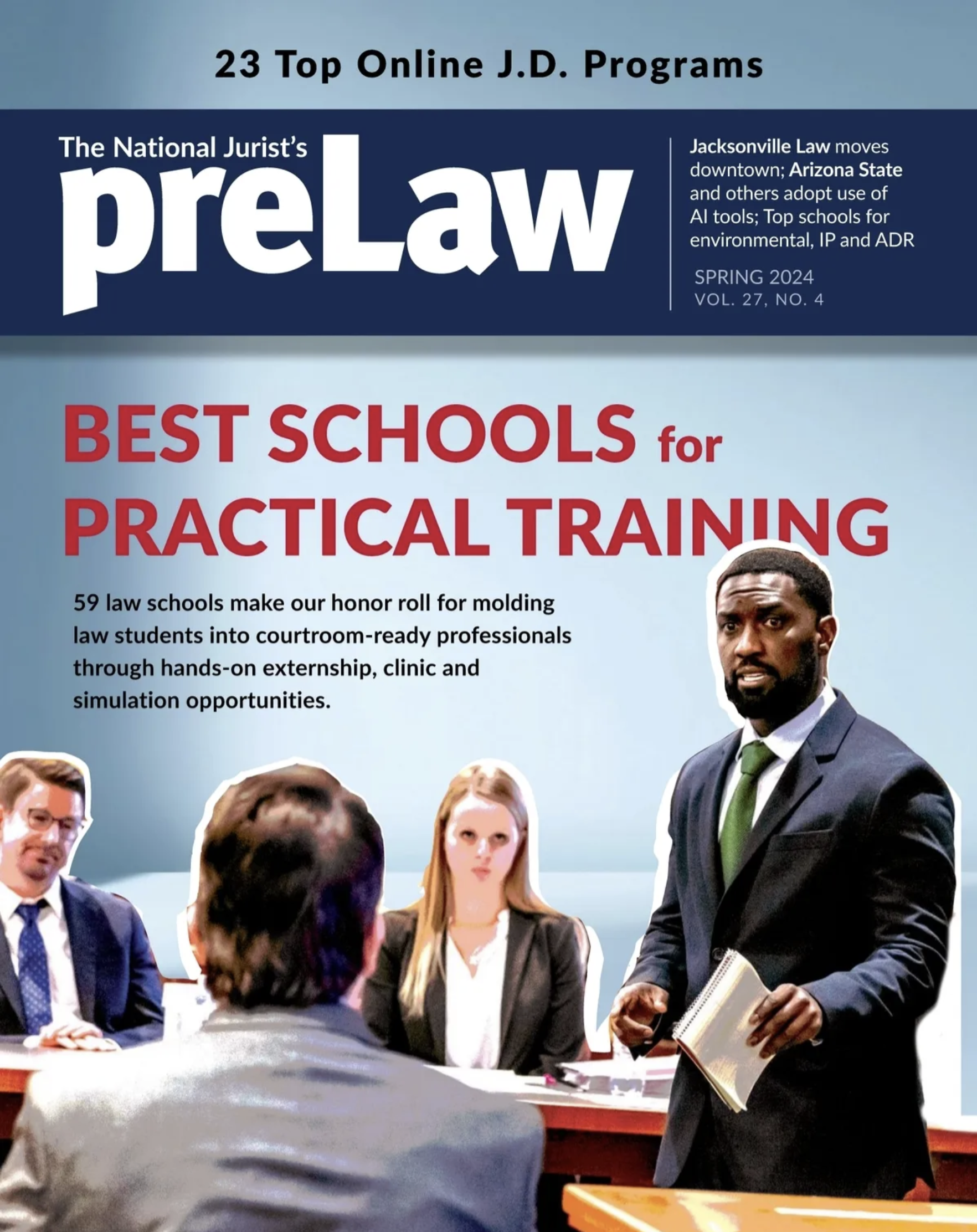Student loan default rates are rising for the first time in years, and law schools are no exception. The number of freestanding law schools with student loan default rates greater than 2 percent rose to 6 in fiscal year 2014.
But the numbers still pale in comparison to college default rates, which average more than 11 percent. Colleges run the risk of losing access to federal student aid when they reach 30 percent. Law schools have always had much lower default rates.
Massachusetts School of Law leads the list with 4.8 percent default rate. At just $21,000 a year, the nonprofit law school offers the lowest tuition in New England, and one of the lowest tuition rates for a private law school in the nation. But it is only regionally accredited, limiting the number of jurisdictions where graduates can practice law.
Thomas Jefferson School of Law is second on the list at 3.8 percent. It is followed by Appalachian School of Law at 2.9 percent. Other schools with default rates over 2 percent include Mitchell Hamline School of Law, San Joaquin College of Law, a California-accredited school, Thomas M. Cooley School of Law and Atlanta’s John Marshall Law School.
The percentage of new federal student loan borrowers defaulting rose for the first time in four years, despite the availability of income-driven repayment plans. More than one in 10 outstanding student loan dollars is in default, adding up to roughly $140 billion.
The data comes at a critical time when the recruitment practices of for-profit law schools are being called into question. Graduates of for-profit colleges, for example, account for 33 percent of student loan borrower defaults, but only make up 9 percent of all students enrolled.
But none of the for-profit law schools ranked it the top ten for law school default rates.
Until recently, former students and graduates of for-profit schools, like those that attended the now-closed Charlotte School of Law, may have been able to rely on the Borrower Defense to Repayment — a law that discharges the debt of students whose institutions used fraudulent and deceptive tactics to get them to borrow money for their education.
The Obama administration overhauled the law and streamlined the claims process. Education Secretary Betsy DeVos suspended those changes and said she would convene a committee to reconsider the matter, creating uncertainty for graduates and former students seeking debt relief.
During a recent speech at the Mackinac Republican Leadership Conference, DeVos defended her decision to freeze the borrowers defense to repayment.
“While students should have protections from predatory practices, schools and taxpayers should also be treated fairly as well,” she said. “Under the previous rules, all one had to do was raise his or her hands to be entitled to so-called free money.”
A coalition of 19 attorneys general sent a letter to DeVos demanding that the Department of Education halt its systematic rolling back of protections for student loan borrowers.
“With a rising number of students burdened by college loan debt or in default, this is exactly the wrong time for the Department of Education to abandon its responsibility to protect students from deceptive practices by for-profit schools and federal loan servicers,” Pennsylvania Attorney General Josh Shapiro said in a press release. “If Secretary DeVos won’t protect students from these kinds of scams, we will.”
According to the attorney generals’ letter, the market for federal student loan servicers is bigger than any other consumer finance market except mortgages. And student loan borrowers, who are unable to discharge their student loans through bankruptcy, are among the most vulnerable borrowers.
Defaulting on federal student loans can have severe consequences, according to TICAS. Borrowers in default may have difficulty buying a car, renting an apartment and qualifying for a home mortgage. Defaulted borrowers may also face garnished wages, seized income tax returns and diminished social security checks.
The U.S. Department of Labor data for the fiscal year 2014 was recorded between Oct. 1, 2013 and Sept. 30, 2016. More than five million borrowers entered into loan repayment during that time, and 11.5 percent of those borrowers defaulted on their loans.
Update: Student loan default rates for law schools affiliated with undergraduate colleges or universities are included with their parent schools’ rates. This article was edited to specify the default rates for freestanding law schools only.






